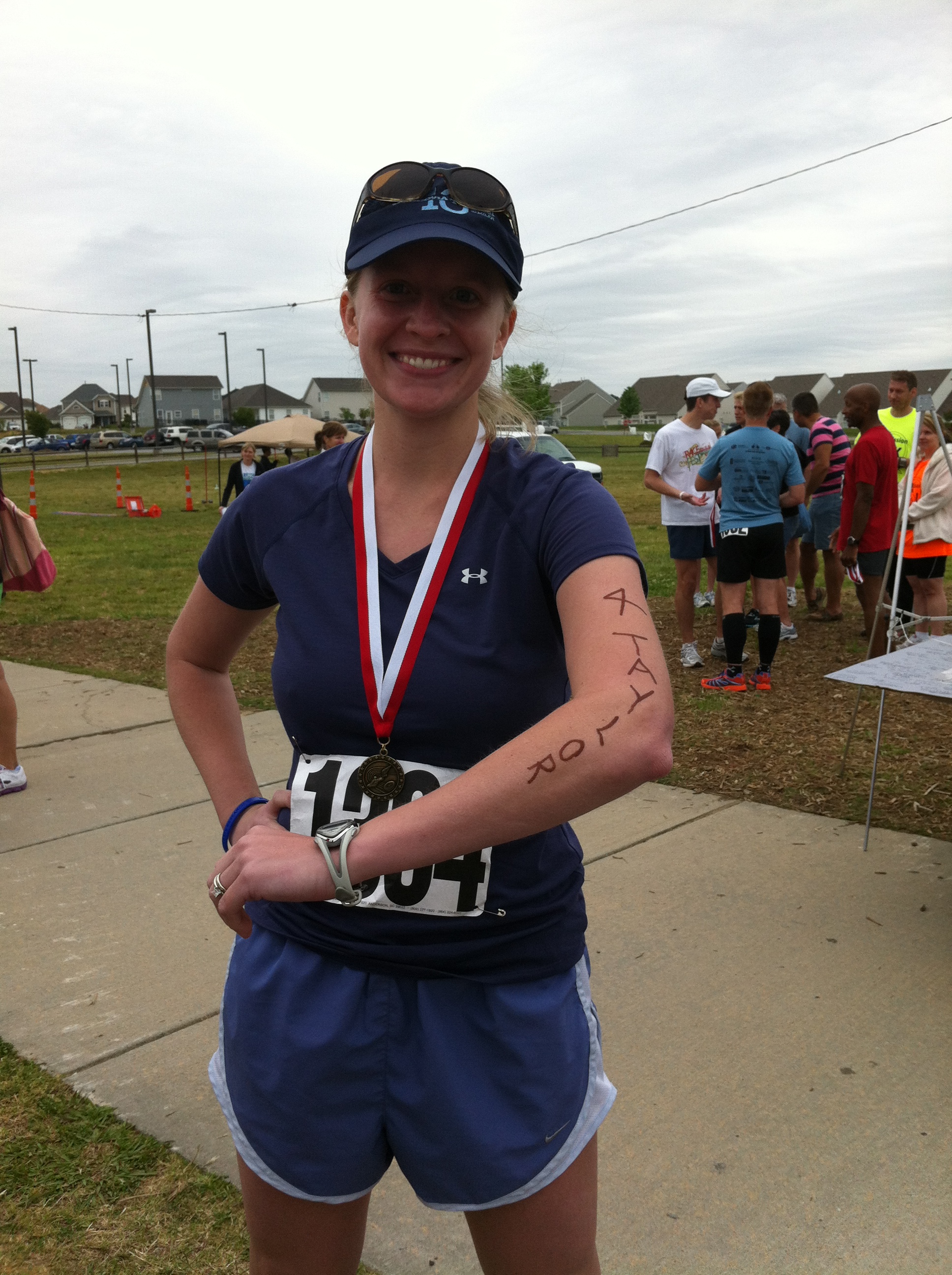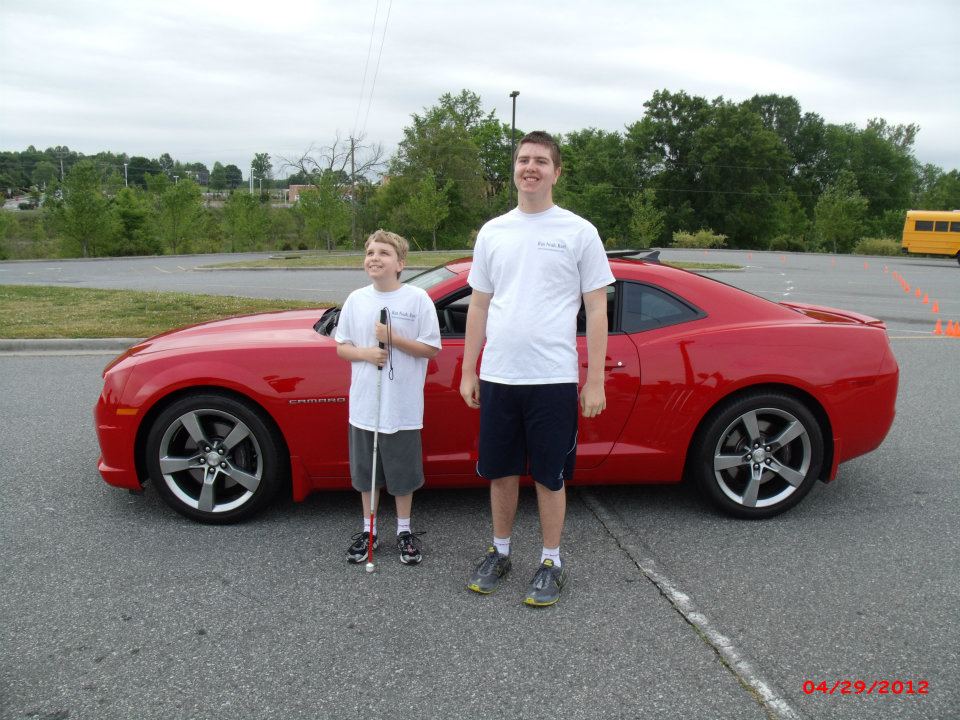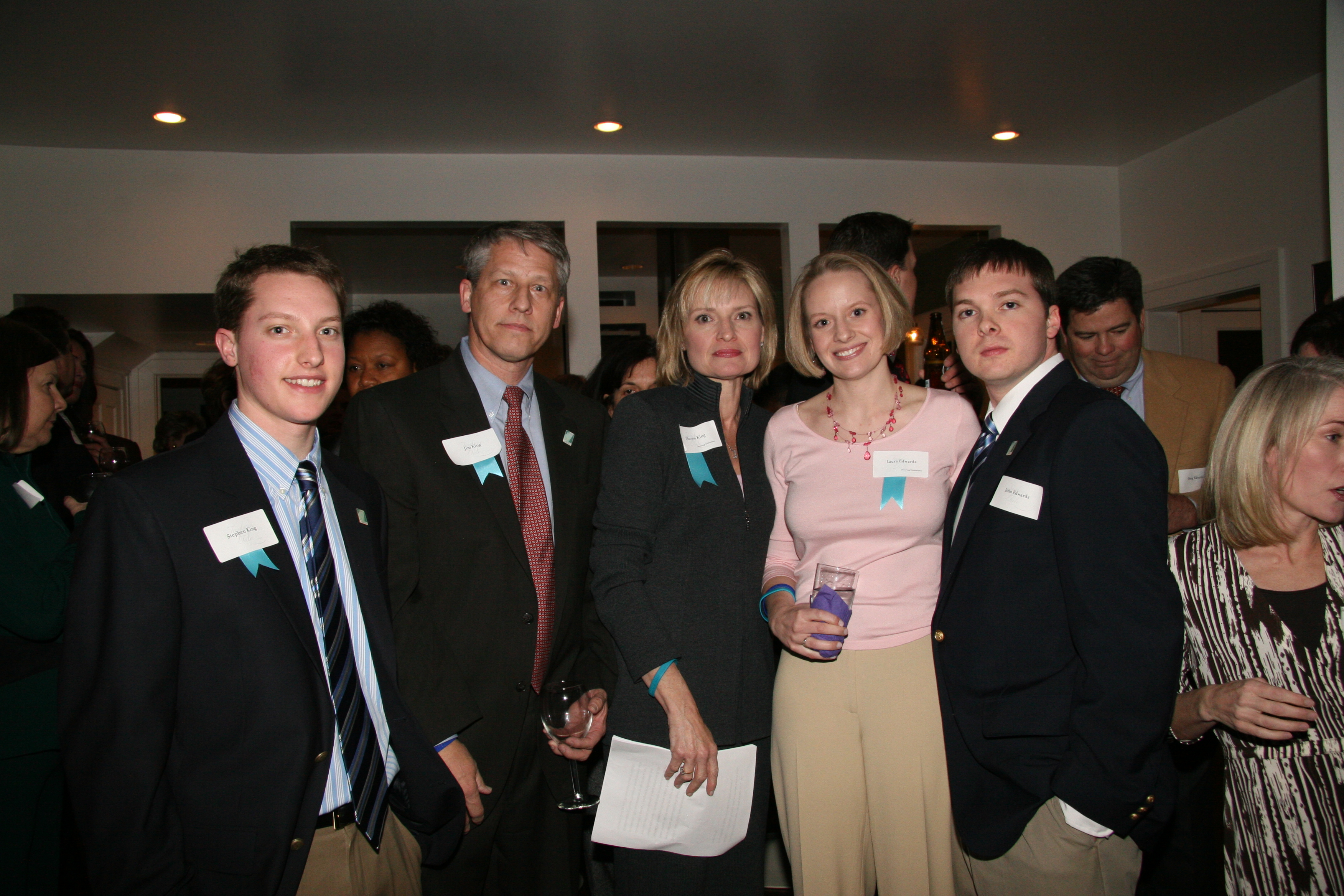On July 24, 2006, we learned that my little sister, Taylor, has infantile Batten disease.
Since that tearful day, the hardest thing to face has been the disease itself – its methodical way of robbing my sister of everything that once shaped a life that seemed incredibly promising and bright, and the knowledge that all children born with Batten disease die from Batten disease.
Over the past six years, the second hardest thing to face has been the gauntlet that is the world of rare disease research – and struggling to maintain the resolve required to fight for the lives of children like Taylor (a fight that grows more difficult with each day as Taylor’s own light begins to fade).
Since 2007, Taylor’s Tale, the 501(c)3 non-profit organization my family and close friends founded to help give children like Taylor and families like our own a chance to believe, has raised close to $350,000 for the fight against infantile Batten disease. Those funds – the vast majority of which were donated by individuals during an economic downturn – contributed to the development of an enzyme called PPT1 in a lab in Texas (children who lack or are severely deficient in PPT1 have infantile Batten disease); helped support a mouse colony in London; backed important research at other institutions and, in general, helped spark new interest in infantile Batten disease research among the scientific community. We’ve witnessed incredible progress.
But we still don’t have a treatment. Taylor swallows 24 pills a day and goes to multiple therapy appointments. The pills and the therapies address her symptoms – to some extent – but they don’t touch the disease, which continues to take bits and pieces of her away from us.
About a year ago, we talked with an exciting, young gene therapy expert who has taken a disease similar to Batten disease to the brink of clinical trial. He laid out a plan for our disease; he told us how much it would cost and how long it would take him to do the work.
He could do the initial work for $150,000. From start to finish, the project would cost $3-5 million over approximately three years. He told us he’d be ready to deliver treatment to real kids (not mice, dogs or monkeys) by the first quarter of 2016 – just over three years from now.
I get excited about this expert’s work, but then I hear well-meaning would-be donors’ unspoken words in my head.
“Several million dollars just to get to clinical trial? That’s a lot of money. And for so few children. It’s a really good cause, but if it wasn’t so rare…”
The June issue of Reader’s Digest published a list* of studies and programs funded by federal tax dollars – and the requisite price tags. Here are my favorites:
- International Center for the History of Electronic Games for video game preservation – $113,227
- Columbia University online dating study – $606,000
- Wellesley College study that asked the question, “Do you trust your Twitter feed?” – $492,005
- Virginia Commonwealth University study on hookah smoking by Jordanian students – $55,382
- University of California Riverside study on whether happy or unhappy people spend more time on social media sites – $198,195
- Primate researchers studying (in part) what feces-throwing among chimps reveals about communication skills – $592,527
- National Science Foundation study on Women, Weaving, and Wool in Iceland, in the years AD 874 to 1800 – $338,998
In all, these seven studies cost $2,396,334 – about half the proposed cost to develop a life-saving treatment for children with a fatal disease that has no cure.
This Thursday marks the beginning of the 25th annual Batten Disease Support & Research Association (BDSRA) conference – a gathering of affected families and the world’s leading experts. There are many things about the conference that are difficult for me – it is hard to be around so many affected children, and the event has never been for me what it is for many families – an opportunity to spend time with others who understand our battle. For my mom and me, the conference has always singularly been about connecting with researchers and others who could help us get closer to achieving our dream of finding answers for children like Taylor. I’ve never been to any of the programs for siblings; I use “free” time to pick the brains of PhDs and MD PhDs in empty conference rooms or the bar. And every summer, I’ve marveled at the progress that the experts dedicated to Batten disease have been able to make with the support of relatively few resources.
But this will be our sixth conference, and we still don’t have a treatment for children like Taylor. I remind myself to be logical – that science moves at its own pace; that six years is not a long time in the world of rare disease research.
And then I hear that we could save some of the children I’ll see this weekend – maybe not my own sister (nearly 14), but others, plus many others in the future, for a couple of million dollars. And I wonder why, if we can spend $338,998 studying the weaving habits of Icelandic women who lived more than 1,100 years ago, we wouldn’t jump at the chance to spend less than half that to kick-start a study that could save the lives of children living NOW – and children yet to be born? And if we can spend nearly $2.4 million in federal funds on seven studies that don’t save lives, wouldn’t we be willing to spend just a little bit more to save the life of even one child – let alone hundreds or thousands?
*Wastebook 2011, produced by Sen. Tom Coburn



